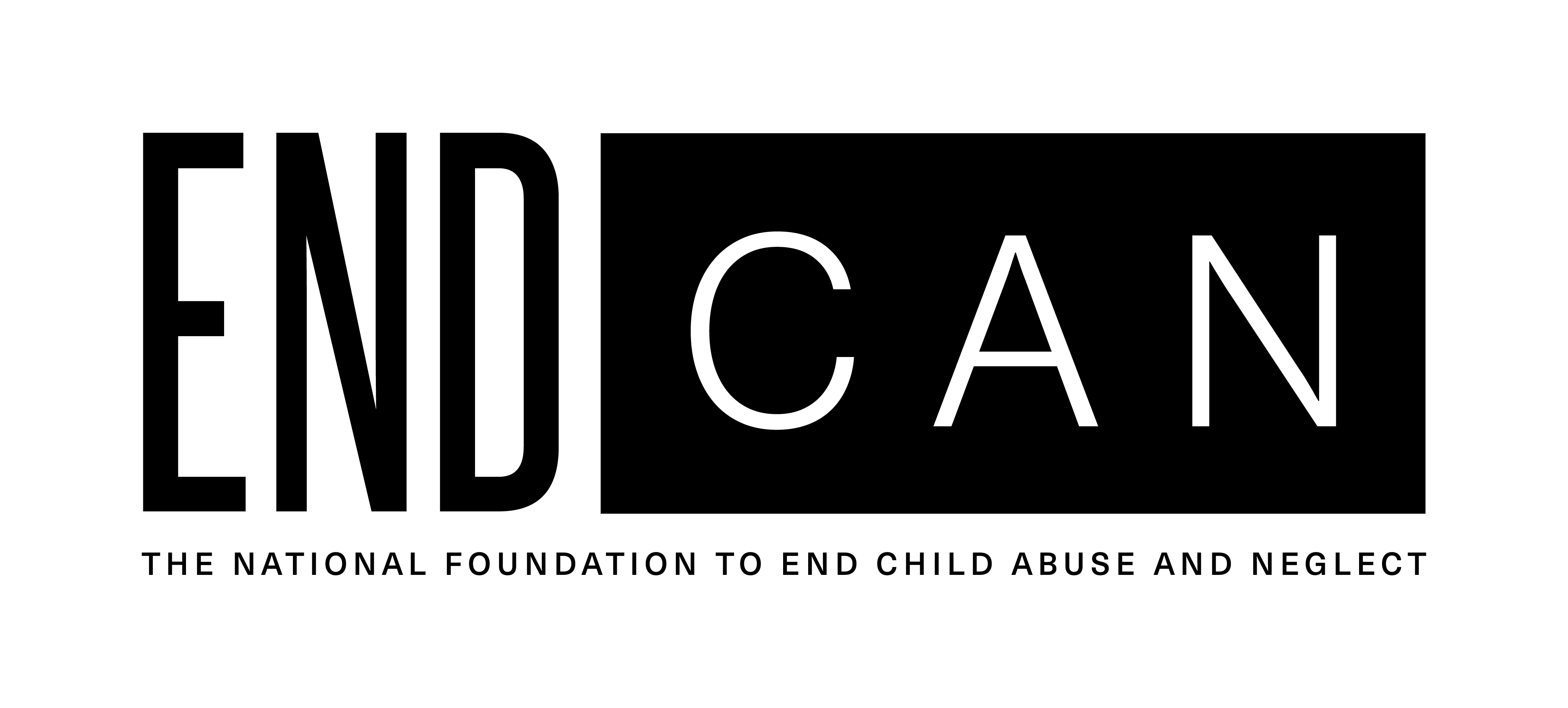
Prevention of Abuse Among Children with Disabilities
By Aiesha Hemeda
As always, it is important to spread awareness and end the stigma of silence that surrounds child abuse and neglect. Children with disabilities are oftentimes more susceptible to child abuse and neglect as opposed to children without disabilities. Statistics show that children who have disabilities are three times more likely to experience some form of abuse or injury by maltreatment.
Evidence also shows that children with any intellectual disabilities are 4-10 times more likely to face abuse than children without intellectual disabilities. Parents, caregivers, and schools play a key role in preventing the abuse children who have disabilities may face.
What are some factors?
Parents and caregivers can become overwhelmed. Caring for children who are unable to perform tasks independently, and who may rely on parents and caregivers to perform some tasks, can be difficult.
Feeling unprepared to care for the child. Frustrations may manifest due to feelings of not being financially stable enough to care for a child with disabilities. Caregivers may also struggle to accept a child with disabilities and view them as “different.”
Behavioral problems for children. Children who have disabilities (such as an attention deficit/hyperactivity disorder (ADHD) or autism spectrum disorder) can be labeled as difficult and treated harshly due to parents or caregivers who are not well versed on how to effectively communicate with them.
Child’s inability to communicate their needs. Children who have disabilities may have a more difficult time communicating their needs which leaves them more susceptible to neglect.
Lack of support. Parents or caregivers may feel as if they do not have the adequate support, community, or resources to care for a child with disabilities.
Why do abusers consider children with disabilities as easy targets?
Abusers may feel that it’s easier to take advantage and manipulate children with disabilities due to the mindset that there is a lack of consequences. With children who have more severe disabilities, abusers may feel as if they are unable to communicate or talk about any abuse and neglect that these children are subjected to. The child may not completely understand the inappropriate boundaries that are being crossed or that abuse is taking place.
In cases of institutional abuse, abusers may feel that abuse and neglect will go unnoticed due to the “problematic” or “hard to handle” stigma that is often associated with children who have physical and intellectual disabilities. Children with disabilities may be considered less valuable or less reliable due to societal standards which question their credibility when testifying in court. A credible testimony is based on “whether the physical, intellectual, or communication abilities are perceived to match the expectations of the court.”
For more information about combating institutional abuse or the teacher’s role in preventing abuse, check out these blogs: “Preventing Institutional Child Abuse” and “ How Teachers can Recognize the Signs & Support Abused and Neglected Children”.
What can you do to prevent abuse towards children with disabilities?
Prevention training
- Having all adults tasked with caring for the child participate and complete abuse prevention training, as well as training on working with kids who have disabilities, can be effective in spreading awareness and preventing abuse or neglect.
Teaching the child boundaries
- If the child can understand boundaries, effectively communicate to the child what appropriate behavior is and to always speak up if they feel these boundaries are being crossed.
Support programs
- Having a community can be effective when healing from abuse or neglect. Joining support groups for families with children who have been abused, neglected, or who may have disabilities can help to provide the necessary support.
Having the adequate resources
- Taking measures to ensure adequate resources are provided for the child — whether that be assistive technology, counseling, or education —and learning to specialize in working with children who have disabilities can be effective.
Taking care of yourself
- It is easy to become overwhelmed when caring for a child, especially when the child has disabilities. Making sure that you take a break or have healthy outlets can reduce stress when dealing with children. Being realistic about setting expectations for your child and receiving counseling can be beneficial.
Ending the stigma that children with disabilities are “less valuable”
- If you work with or care for a child with disabilities, helping to advocate against this stigma contributes to reducing it, especially for children who are unable to use their own voices.
